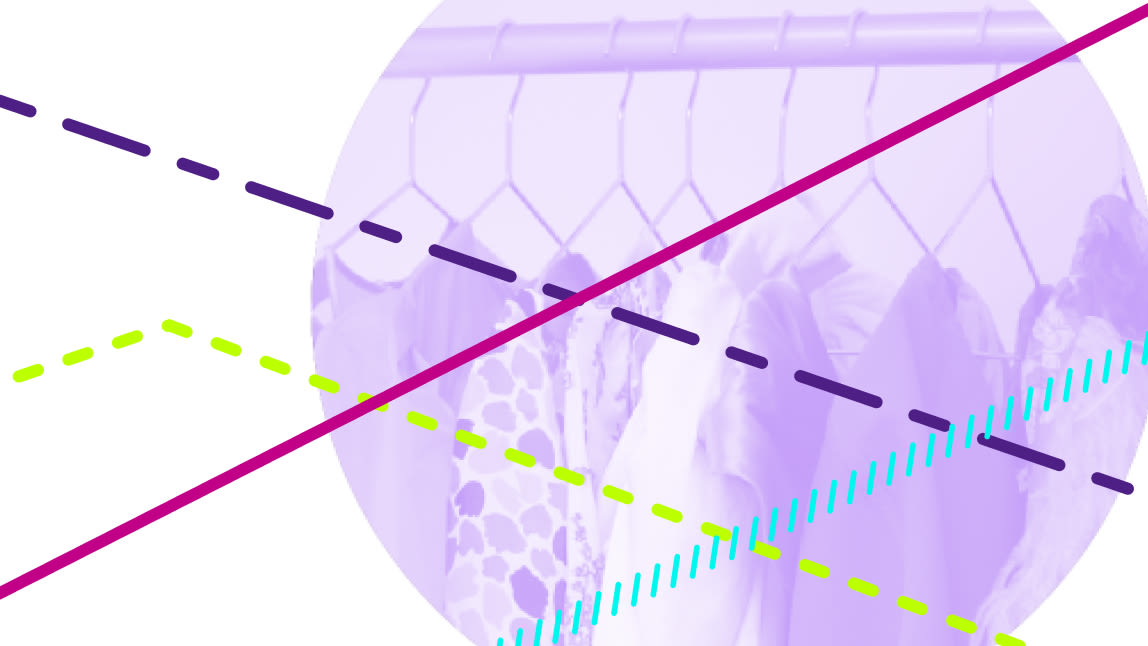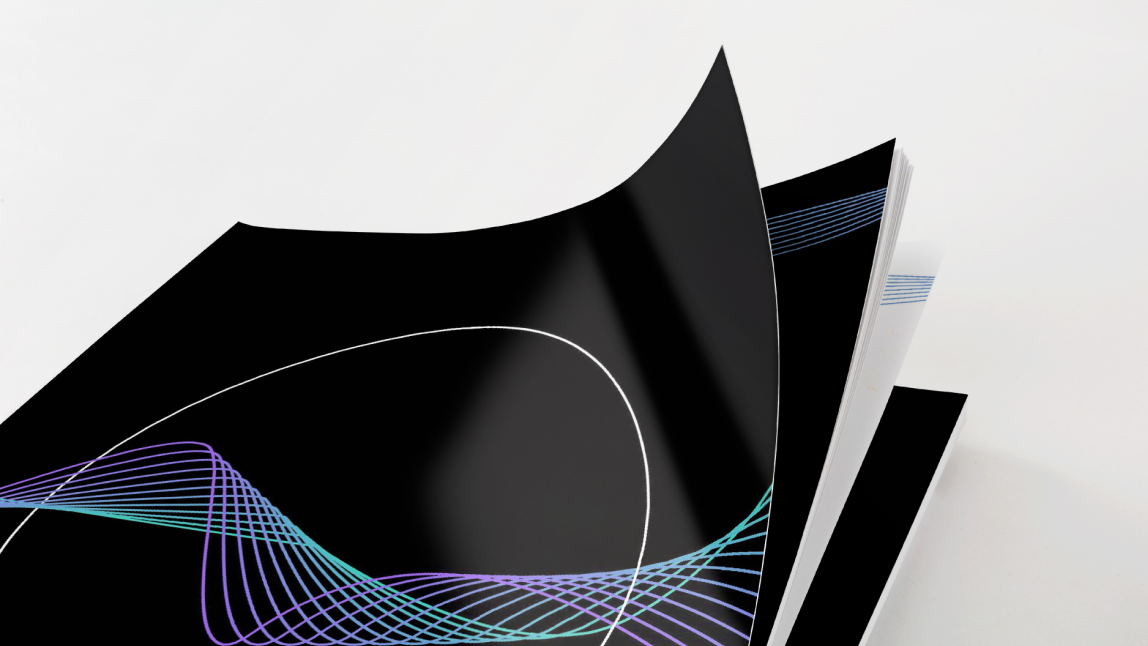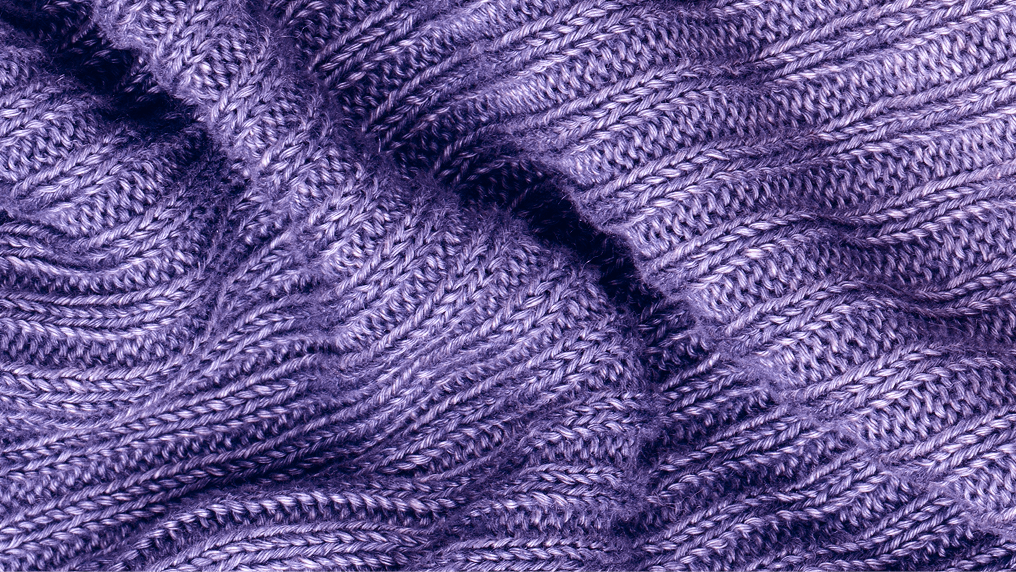
“Digital fashion is the new fast fashion. If we really want it fast, it should be digital.”
Daria Shapovalova, Co-Founder
“In the near future, digital fashion will be a vital category for every brands’ business model, including luxury brands, and it will be the most sustainable category of all.”
Natalia Modenova, Co-Founder
What they do:
DRESSX is an international digital fashion multi-brand retailer that carries digital fashion collections from contemporary brands and designers. Digital fashion is virtual clothing using 3D software to build a true-to-life garment that can be visualised and simulated to look like real clothing. The company also offers ‘influencer marketing campaign’ packages for brands to give their influencers digital, rather than physical, clothes. DRESSX just launched an app, where the content creation with new outfits became even easier: digital looks can be applied in Augmented Reality (AR) on real-time videos and photos. According to Barclay’s research, among the users of their credit cards, 9% of clothing is bought for content creation to be returned afterwards. DRESSX seeks to provide clothes that exist in their digital-only versions.
Why is it an example of the circular economy?
DRESSX prevents the production of items that might only be worn once or twice, thus successfully decoupling financial growth from the extraction of raw materials. In digital garment production, the main goal is not the speed of production, but the quality. Still, the speed is much faster than the production of physical clothes, which means demand for fast fashion can be satisfied with digital only fashion with no use of raw materials. The item is 3D rendered and can be used endlessly.
What are the benefits?
Users benefit from being seen in high-end looks that they otherwise may not have access to. In fact, the couture world normally revolves around a super elite club of less than 5,000 people.
DRESSX gives both 3D designers and traditional fashion brands a platform to sell and distribute digital clothing, whether it's existing digital assets or giving physical designs a new digital life and a new revenue opportunity. At the same time, the production of digital clothes is more affordable compared to physical ones. On average, a designer will save 70% of their monetary budget by creating their collection digitally. Similarly, with digital influencer gifting, costs for a campaign are reduced by 60%. This opens the doors for the wider list of creatives and makes it more diverse.
The construction of a digital couture brand has far less waste, energy and air miles. No water or chemicals are used for the creation or usage of digital fashion, and the production of a digital garment, on average, leaves 97% less CO2 footprint and no microplastic shedding or soil degradation, compared to the production of a physical garment. Moreover, DRESSX research suggests that the current level of acceptance of digital garments fulfilling the need of a physical garment for content creation is 61%.
DRESSX is based in LA in the US, but compared to traditional fashion supply chains, DRESSX employees are not tied to a factory, plant, or office, which means that they benefit from flexible working conditions and locations – the only equipment they need is a computer with Internet access.
How it works in detail
The design and production processes of the digital garments can take anything from a couple of days to several months, depending on the initial idea, the level of experience of the designer, and the complexity of the item. Once the garments are designed and produced, they get uploaded to the platform. For the end-user, the access and delivery process is as follows:
Users search on the platform
Users purchase a digital item and upload a picture of themselves wearing fitted clothes (see ‘how to wear’ for more details)
About 24 hours later, the user receives a custom image of them wearing it
Users can upload and share that picture on their social media channel of preference as many times as they want.
The ‘DRESSX for influencer marketing campaign’ B2B offering allows brands to receive the digitalised looks and images of their ambassadors digitally dressed in their collection, ready to be shared across social media channels, avoiding costs from production and delivery of those garments. To collaborate, brands have to:
Apply by filling in the online form
Provide photos of their collection; preferable 360 views and digital patterns (DXF format)
Provide images of their ambassadors and supporters wearing fitted clothes
Receive the looks and images of the ambassadors dressed in their collections
Share in their social media channels of preference
The DRESSX app provides an opportunity of real-time dressing of AR looks on short videos. This way, users can avoid purchasing new clothes for their content creation. Videos are becoming more popular on social feeds, and DRESSX built this product to meet the demand of GenZs and Millennials.
Install DRESSX app (iOS version) from Apple Store (worldwide)
Purchase the subscription or use the free AR look from the gallery
Record video with AR
Keep or share in social media channels of preference
Next steps
Despite being early in their journey, they envision a future where the fashion industry produces less, does not produce at all, or produces more sustainably, while keeping the beauty and excitement that physical fashion creates.
With 150 designers on board and more than 1,500 items available on the platform, DRESSX has served thousands of orders, all while only in beta stage. Furthermore, 54% of people that purchased a digital garment in 2020 would like to buy another one.
Currently, DRESSX is working with designers on other B2B use cases. For instance, eliminating production of samples and digitalising new collections, developing the collections from scratch so wholesale is not being done physically. DRESSX can also enable brands to get pre-orders from customers online before they produce a physical item and facilitate on-demand production. At the same time, digital patterns can also be used for physical production.
DRESSX will also enable the luxury digital fashion category through launching wearable NFTs – limited in number, unique and exclusive to their owners digital fashion looks. Preliminary in-house research on the topic suggests that using proof of stake and layer2 solutions reduces CO2 footprint of the NFTs by almost 99%, paving the way towards a more sustainable approach to NFTs in digital fashion.
Published 23 November 2021






